News
Stanford studies human impact when self-driving car returns control to driver
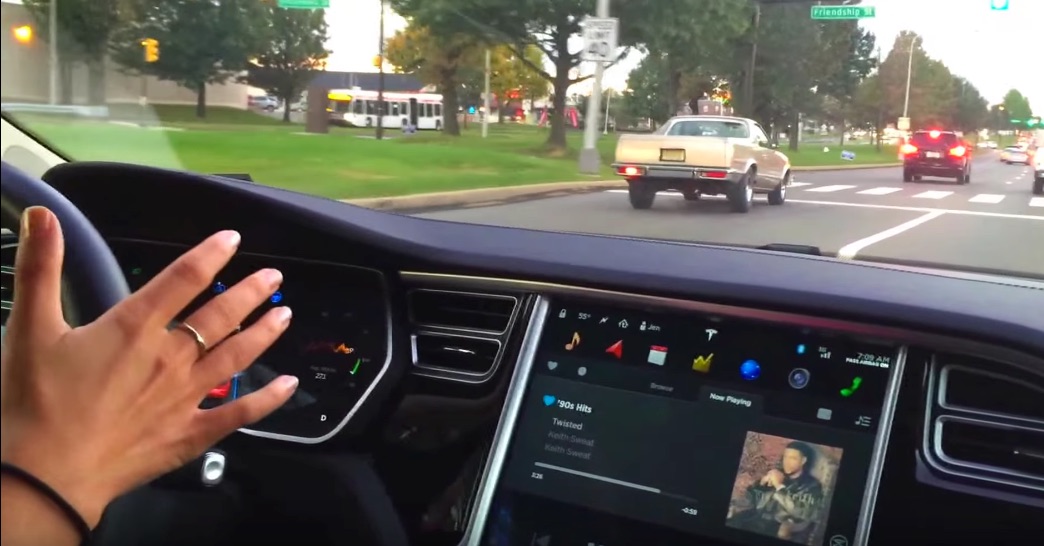
Researchers involved with the Stanford University Dynamic Design Lab have completed a study that examines how human drivers respond when an autonomous driving system returns control of a car to them. The Lab’s mission, according to its website, is to “study the design and control of motion, especially as it relates to cars and vehicle safety. Our research blends analytical approaches to vehicle dynamics and control together with experiments in a variety of test vehicles and a healthy appreciation for the talents and demands of human drivers.” The results of the study were published on December 6 in the first edition of the journal Science Robotics.
Holly Russell, lead author of study and former graduate student at the Dynamic Design Lab says, “Many people have been doing research on paying attention and situation awareness. That’s very important. But, in addition, there is this physical change and we need to acknowledge that people’s performance might not be at its peak if they haven’t actively been participating in the driving.”
The report emphasizes that the DDL’s autonomous driving program is its own proprietary system and is not intended to mimic any particular autonomous driving system currently available from any automobile manufacturer, such as Tesla’s Autopilot.
The study found that the period of time known as “the handoff” — when the computer returns control of a car to a human driver — can be an especially risky period, especially if the speed of the vehicle has changed since the last time the person had direct control of the car. The amount of steering input required to accurately control a vehicle varies according to speed. Greater input is needed at slower speeds while less movement of the wheel is required at higher speeds.
People learn over time how to steer accurately at all speeds based on experience. But when some time elapses during which the driver is not directly involved in steering the car, the researchers found that drivers require a brief period of adjustment before they can accurately steer the car again. The greater the speed change while the computer is in control, the more erratic the human drivers were in their steering inputs upon resuming control.
“Even knowing about the change, being able to make a plan and do some explicit motor planning for how to compensate, you still saw a very different steering behavior and compromised performance,” said Lene Harbott, co-author of the research and a research associate in the Revs Program at Stanford.
Handoff From Computer to Human
The testing was done on a closed course. The participants drove for 15 seconds on a course that included a straightaway and a lane change. Then they took their hands off the wheel and the car took over, bringing them back to the start. After familiarizing themselves with the course four times, the researchers altered the steering ratio of the cars at the beginning of the next lap. The changes were designed to mimic the different steering inputs required at different speeds. The drivers then went around the course 10 more times.
Even though they were notified of the changes to the steering ratio, the drivers’ steering maneuvers differed significantly from their paths previous to the modifications during those ten laps. At the end, the steering ratios were returned to the original settings and the drivers drove 6 more laps around the course. Again the researchers found the drivers needed a period of adjustment to accurately steer the cars.
The DDL experiment is very similar to a classic neuroscience experiment that assesses motor adaptation. In one version, participants use a hand control to move a cursor on a screen to specific points. The way the cursor moves in response to their control is adjusted during the experiment and they, in turn, change their movements to make the cursor go where they want it to go.
Just as in the driving test, people who take part in the experiment have to adjust to changes in how the controller moves the cursor. They also must adjust a second time if the original response relationship is restored. People can performed this experiment themselves by adjusting the speed of the cursor on their personal computers.
“Even though there are really substantial differences between these classic experiments and the car trials, you can see this basic phenomena of adaptation and then after-effect of adaptation,” says IIana Nisky, another co-author of the study and a senior lecturer at Ben-Gurion University in Israel “What we learn in the laboratory studies of adaptation in neuroscience actually extends to real life.”
In neuroscience this is explained as a difference between explicit and implicit learning, Nisky explains. Even when a person is aware of a change, their implicit motor control is unaware of what that change means and can only figure out how to react through experience.
Federal and state regulators are currently working on guidelines that will apply to Level 5 autonomous cars. What the Stanford research shows is that until full autonomy becomes a reality, the “hand off” moment will represent a period of special risk, not because of any failing on the part of computers but rather because of limitations inherent in the brains of human drivers.
The best way to protect ourselves from that period of risk is to eliminate the “hand off” period entirely by ceding total control of driving to computers as soon as possible.

News
Tesla expands Early Access Program (EAP) for early Full Self-Driving testing
Tesla expanded the elusive EAP program for more drivers to test versions of Full Self-Driving before they are widely released.
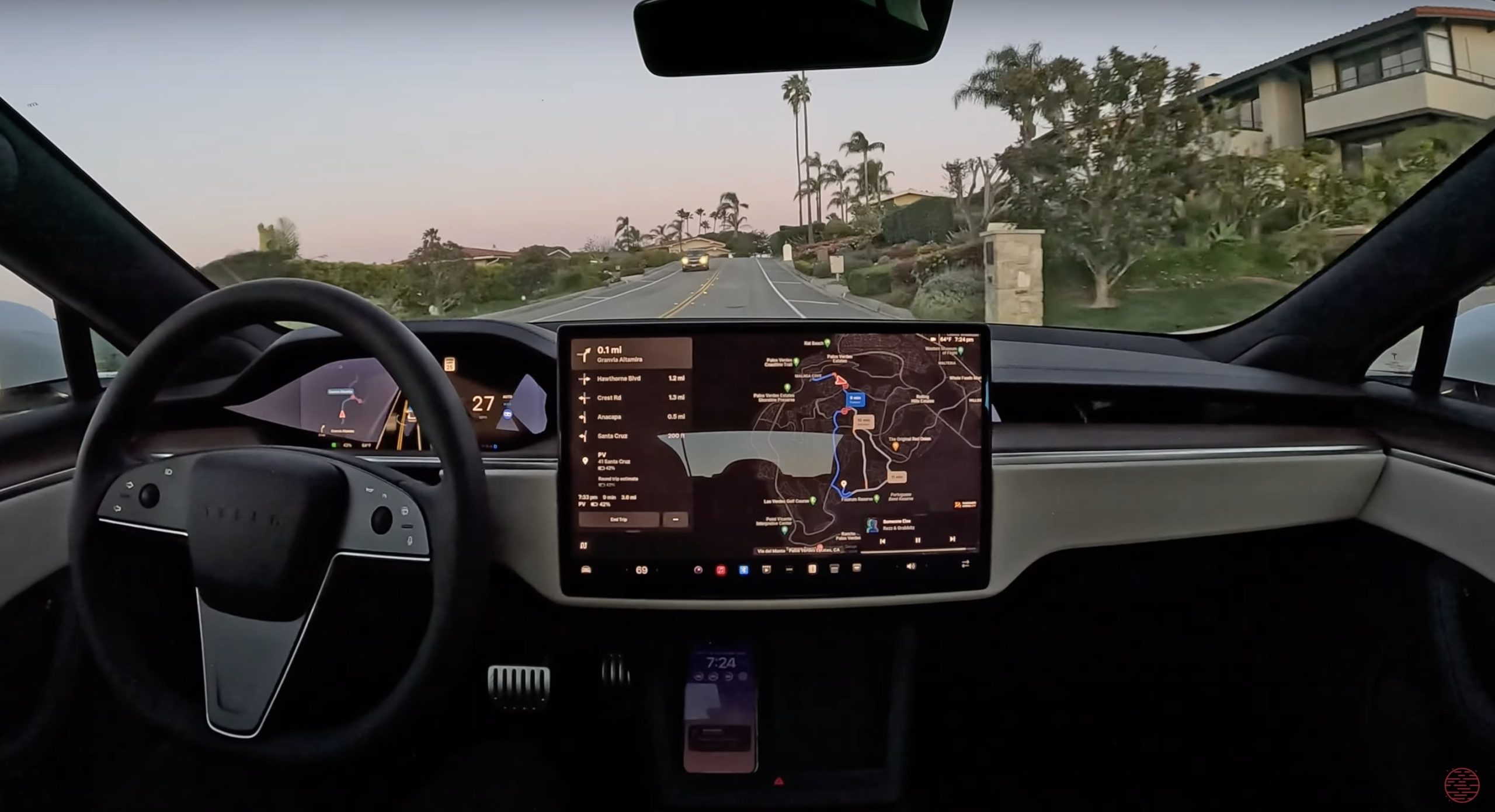
Tesla has expanded its Early Access Program (EAP) to more drivers as it is allowing vehicle owners to test Full Self-Driving versions earlier than normal.
The EAP allows owners to test FSD versions before they are released widely to the public. In previous years, having access to EAP was quite a privilege, but Tesla seems to be going all-in on its eventual rollout of autonomous driving by letting more owners test supervised versions of the suite before they are released publicly.
On Thursday night, Tesla officially launched the ability for some owners to gain entry into EAP. The company did not detail how it chose certain drivers to enable their status in the program, but we’ve seen several well-known Tesla influencers and fans gain access. There are plenty of other drivers who have been granted access as well:
🚨 Tesla has rolled out its EAP for those who would like to provide feedback on versions of Full Self-Driving before their wide release. https://t.co/y32oDtm1G8 pic.twitter.com/x0zGD3VTmi
— TESLARATI (@Teslarati) April 4, 2025
It seems that the EAP access is being granted to those who purchased Full Self-Driving outright and are not paying for the monthly subscription. Tesla has not confirmed that is the case, though.
Tesla wrote in its release notes of the EAP program:
“Enroll to experience early features before they’re widely released. Provide your feedback and related vehicle data to help make the next release our best yet. Note, every driver is responsible for remaining alert and must be prepared to take action at any time.”
The expansion of the EAP indicates that Tesla is growing more confident in these new, unreleased versions of the suite and is aiming to gain significant amounts of data from those who are lucky enough to gain access to it.
In the past, Tesla has been hesitant to add drivers to the EAP because its widespread release was not necessarily warranted. Reading between the lines, there is a significant vote of confidence on Tesla’s part to do this, just seeing as the hesitance to release these versions of FSD has been evident in the past few years.
Tesla is still aiming to roll out a ride-hailing service using FSD in Austin later this year. The company was hiring for teleoperators recently, so that could be one way it manages to ease into the idea of a driverless service for those who choose to use it as it is released to more cities in the U.S. later this year.
News
Tesla rolls out new, more affordable trim of the Model Y Juniper in U.S.
Two months after launching the new Model Y with the Launch Series, Tesla has brought out an All-Wheel-Drive configuration of the ‘Juniper’ build.
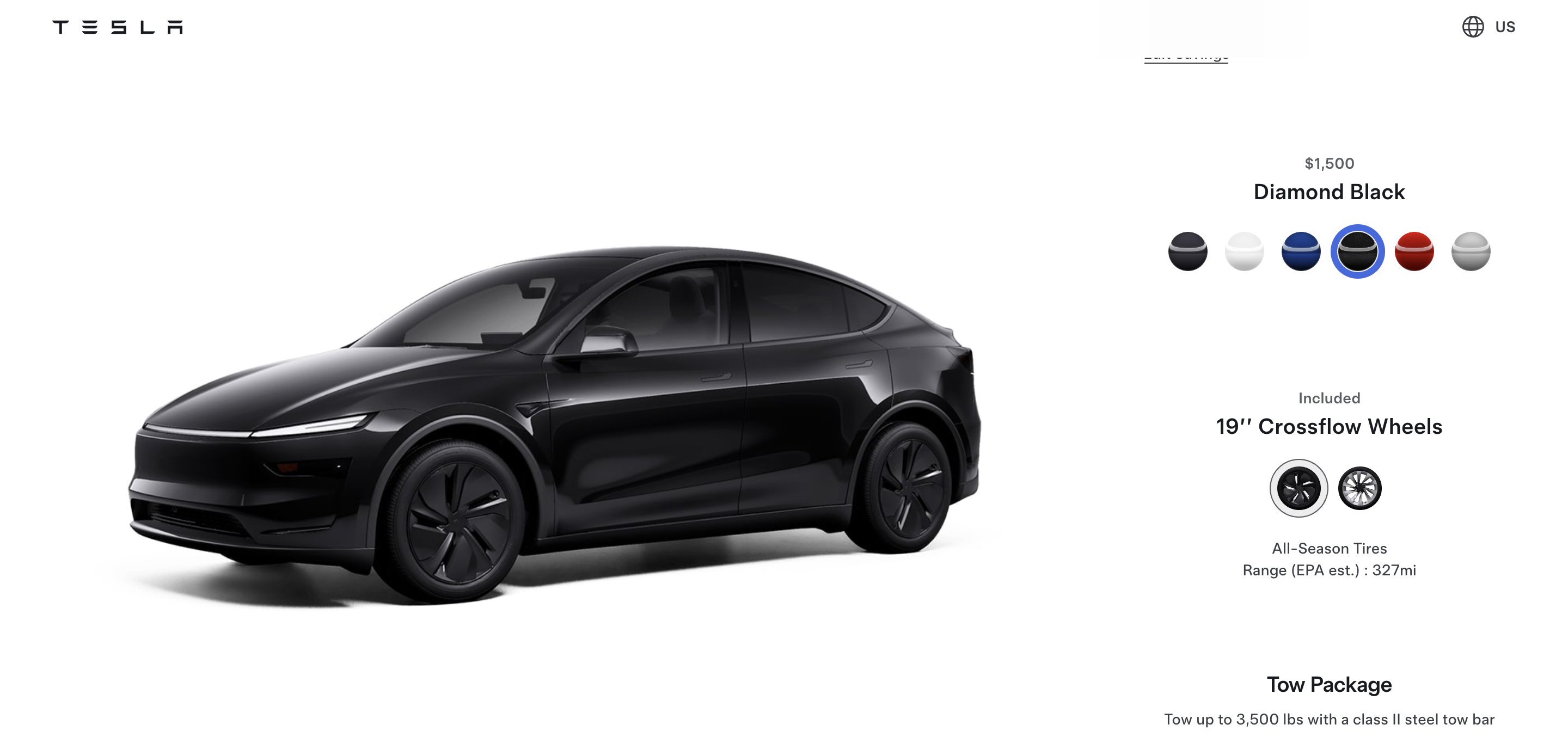
Tesla has finally rolled out a new trim level of the new Model Y “Juniper” in the United States, bringing a more affordable option of the revitalized version of its best-selling vehicle to market.
On Friday, Tesla officially launched the Long Range All-Wheel-Drive version of the new Model Y in the United States. Before the $7,500 federal tax credit, the configuration starts at $48,990.
🚨 BREAKING: Tesla has OFFICIALLY launched the new Model Y in a Long Range All-Wheel-Drive trim that starts at $48,990 before incentives!
This is the first time Tesla has launched a non-Launch Series version of the new Model Y in the United States! pic.twitter.com/EhJ34PdKRN
— TESLARATI (@Teslarati) April 4, 2025
Just a few days ago, we reported on Tesla ramping up production of non-Launch Edition configurations of the new Model Y at Gigafactory Texas. While the company initiated sales of these trim levels in other countries, the U.S. was still waiting for more affordable options to become available.
The Launch Series version of the new Model Y had 327 miles of range, a top speed of 125 MPH, and a 4.1-second 0-60 MPH acceleration rate. The Long Range All-Wheel-Drive trim of the new Model Y has nearly identical specs: it offers the same 327-mile range rating with the same top speed of 125 MPH. However, it has a 4.6-second 0-60 MPH acceleration rate.
The Launch Series also came with Full Self-Driving included. The new, more affordable trim does not, so owners will have to pay $8,000 for FSD if they’d like to purchase it outright. There is also a monthly subscription service that costs $99/mo.
Now that the new Model Y has a new, more accessible configuration available and Tesla has already started ramping production, this could be a good sign of things to come for the company as Q2 kicks off.
Tesla reported lower-than-expected delivery figures for Q1 earlier this week, with the company stating that the shutdown of production lines to changeover to the new Model Y design impacted “several weeks” of manufacturing.
Inventory levels for Tesla were also high, as production outpaced deliveries by a margin of nearly 22,000 vehicles. This could be due to the number of units that have not made their way to delivery centers quite yet, but more information on this will likely be shed by Tesla during its earnings call on April 22.
Investor's Corner
“Nothing Magnificent about Tesla (TSLA),” claims Jim Cramer
Cramer shared his thoughts about the matter in a comment to CNBC.
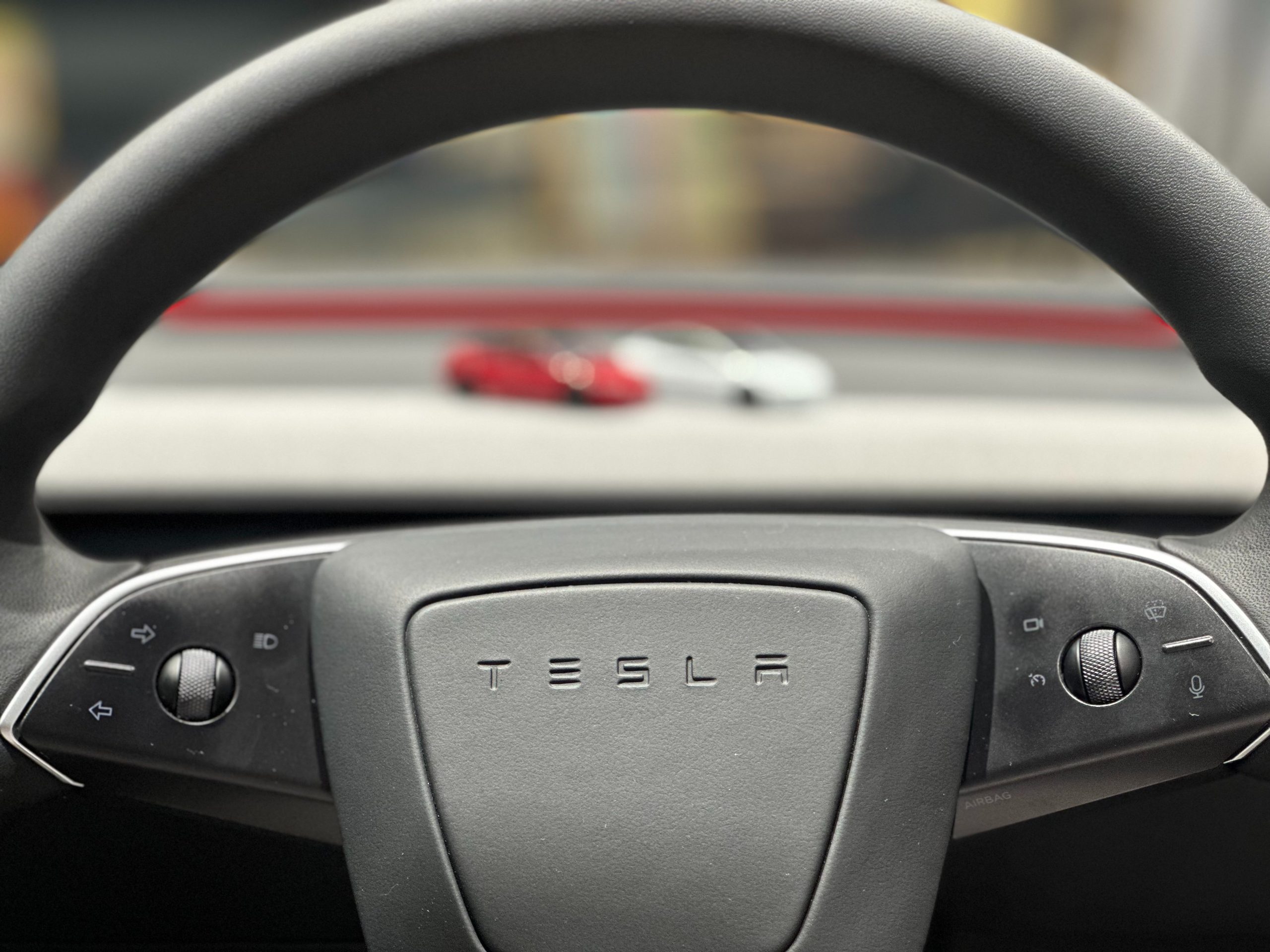
Tesla (NASDAQ:TSLA) is one of the stocks in the “Magnificent Seven,” which is comprised of U.S. tech companies that have driven notable market growth. But as per finance veteran Jim Cramer, electric vehicle maker Tesla no longer qualifies for the group’s moniker.
Cramer shared his thoughts about the matter in a comment to CNBC.
Not “Magnificent” Anymore
The Magnificent Seven (Mag 7) stocks are comprised of Apple, Microsoft, Amazon, Alphabet, Meta Platforms, Tesla, and Nvidia. The companies are known for their large market caps, innovation, and domination in their respective fields. As per Cramer in his recent comments, however, there are essentially no Mag 7 stocks anymore amid the fallout of U.S. President Donald Trump’s tariffs.
“You can buy some low multiple techs, industrials, and banks here. We did that for the charitable trust today, right under the teeth of the selloff. I would not jump back into the Magnificent 7 because, as of tonight, there is no ‘Mag 7’ anymore. I came up with that name, and I’m scrapping it right now — no moniker fits the two or three that remain viable. And I’m not going to put it out there — there’s nothing magnificent about Tesla or Nvidia,” Cramer noted.
Trump Tariffs
Donald Trump’s tariffs are expected to affect a variety of industries, including automakers like Tesla. Despite this, Tesla’s domestic factories such as Gigafactory Texas and the Fremont Factory should shield Tesla to some degree. As per TD Cowen analyst Itay Michaeli, “Tesla (is) a relative beneficiary given [its] 100% U.S. production footprint, substantial U.S. sourcing, and with Model Y competing in a midsize crossover segment where close to ~50% of vehicles could be subject to tariffs.”
Elon Musk, however, has noted that the effects of Trump’s tariffs to Tesla are no joke. “To be clear, this will affect the price of parts in Tesla cars that come from other countries. The cost impact is not trivial,” Musk wrote in a post on X.
-

 News2 weeks ago
News2 weeks agoTesla aiming to produce first “legion” of Optimus robots this 2025
-
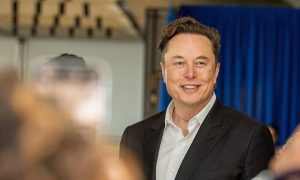
 Elon Musk1 week ago
Elon Musk1 week agoTesla CEO Elon Musk’s simple message to vandals
-
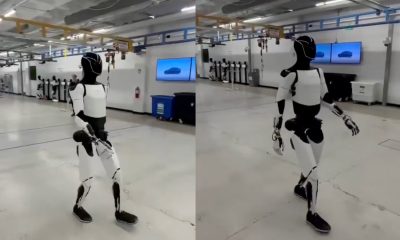
 News2 days ago
News2 days agoTesla shares Optimus’ improved walk in new update video
-
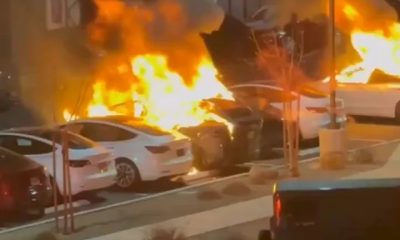
 Elon Musk1 week ago
Elon Musk1 week agoTesla vandal who lit Las Vegas repair center on fire arrested
-
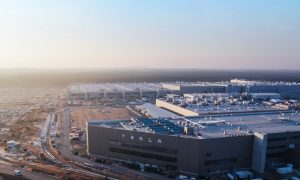
 News2 weeks ago
News2 weeks agoTesla’s Giga Berlin director responds to anti-Musk criticism
-

 Elon Musk1 week ago
Elon Musk1 week agoElon Musk clarifies Trump tariff effect on Tesla: “The cost impact is not trivial”
-
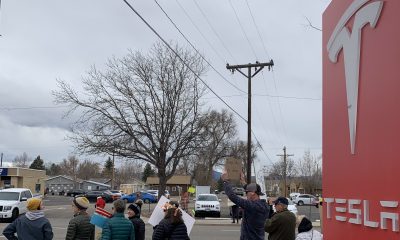
 Elon Musk1 week ago
Elon Musk1 week agoTesla vehicles hit by ATV, suspect caught by Sentry Mode
-

 Elon Musk2 weeks ago
Elon Musk2 weeks agoElon Musk to file lawsuit against former US Rep Jamaal Bowman: “I’ve had enough”







